High-Efficiency Pre-Treatment Core Tube for Produced Water in the Main Cavity Coupled with Secondary Cavities and Its Application in the Bohai Heavy Oilfield
Abstract
:1. Introduction
2. Materials and Methods
2.1. Physical Model Building
2.2. Construction of New Equipment
2.3. Process Comparison
3. Numerical Simulation
3.1. Selection of Calculation Times
3.2. Detection of the Grid- and Time-Step Independence
3.3. Influence of the Inlet Reynolds Number
4. Results and Discussion
4.1. Separation Effect
4.2. Comprehensive Evaluation Index
5. Conclusions
- (1)
- According to the analysis of the internal flow field of the MCSC with a specific size, we determined that the critical inlet Reynolds number for the best effect in the produced water treatment system containing heavy crude oil was 28,294, and the corresponding treatment capacity was 6 m3/h. The design processing capacity under this structure size was determined to be 4–6 m3/h.
- (2)
- Considering the evaluation index of the MCSC, when the inlet oil content fluctuated around 2000 mg/L (average of 1772.81 mg/L), the outlet oil content was stable and fell below 200 mg/L (average of 106.44 mg/L), and the separation efficiency was nearly 94%. Compared to that of the existing CPI on the platform, the floor area was reduced by more than 60%, and the separation efficiency increased by 65%.
Author Contributions
Funding
Institutional Review Board Statement
Informed Consent Statement
Data Availability Statement
Conflicts of Interest
Nomenclature
| MCSC | core tube was coupled with the main cavity and secondary cavities |
| ERT | electrical resistance tomography |
| FA | the area evaluation parameter (m/h) |
| FV | the volume evaluation parameter (h−1) |
| CPI | corrugated plate interceptor |
| GF | gas flotator |
| WSF | walnut shell filter |
| FPSO | floating production storage and offloading |
| CFD | computational fluid dynamics |
| Re | Reynolds number |
| ρ | density (Kg/m3) |
| v | velocity (m/s) |
| l | characteristic length (m) |
| µ | viscosity (Pa·s) |
| Qave | the average processing capacity of the technical equipment to be evaluated (m3/h) |
| A | the area of the device or skid to be evaluated (m2) |
| V | the volume of the device or skid to be evaluated (m3) |
References
- China Energy Research Society. China Energy Development Report 2018; China Building Materials Press: Beijing, China, 2018. [Google Scholar]
- Fu, X.S. Performance Exceeded Expectations and Made Further Progress in Stability; China Petroleum and Chemical Industry Federation: BeiJing, China, 2022. [Google Scholar]
- Pang, X.H. China’s dependence on foreign crude oil is controlled at about 70%. Petro. Refin. Eng. 2019, 64. [Google Scholar]
- Premier Li Keqiang Delivers a Government Work Report (Text Summary). Available online: http://www.gov.cn/premier/2022-03/05/content_5677248.htm (accessed on 5 March 2022).
- Zhou, S.W.; Li, Q.P.; Zhu, H.S.; Zhang, H.H.; Fu, Q. The current state and future of offshore energy exploration and development technology. Strateg. Study Chin. Acad. Eng. 2016, 18, 19–31. [Google Scholar]
- Research Institute of Petroleum Exploration and Development (RIPED). Global Oil and Gas Exploration and Development Situation and Oil Company Dynamics; Petroleum Industry Press: BeiJing, China, 2019. [Google Scholar]
- Zhou, S.W.; Jin, X.J.; Zeng, H.Y.; Zhao, Y.N.; Zhu, J.; You, X.G.; Chen, K.Q.; Bai, G.; Guo, H.; Zhou, C. The facility and equipment of China offshore oil & gas industry. Strateg. Study Chin. Acad. Eng. 2010, 12, 102–112. [Google Scholar]
- Jiang, W. The present situation and prospect of drilling and completion technologies for China offshore oilfield development. Strateg. Study Chin. Acad. Eng. 2011, 13, 58–65. [Google Scholar]
- Ottaviano, J.G.; Cai, J.; Murphy, R.S. Assessing the decontamination efficiency of a three-component flocculating system in the treatment of oilfield-produced water. Water Res. 2014, 52, 122–130. [Google Scholar] [CrossRef]
- Rommel, W.; Blass, E.; Meon, W. Plate separators for dispersed liquid—Liquid systems: The role of partial coalescence. Chem. Eng. Sci. 1993, 48, 1735–1743. [Google Scholar] [CrossRef]
- Cheng, H.N.; Liu, Q.S.; Wang, B.Q.; Zhen, S.Q.; Fu, Z.B. Fluid dynamics simulation and pilot test for polycarbonate liquid-liquid separator. CIESC J. 2013, 64, 2109–2116. [Google Scholar]
- Liang, Z.; Wang, H.M.; Liang, C.P. Study on the inclined plate gas-liquid gravity separation technology. J. Southwest Pet. Univ. Sci. Technol. Ed. 2009, 31, 154–158. [Google Scholar]
- Lv, Y.L.; He, L.M.; Wang, G.D.; Ni, L.Y. Numerical simulation of flow field inside gravitational separator with different internals. China Pet. Mach. 2008, 36, 12–16. [Google Scholar]
- Zandie, M.; Kazemi, A.; Ahmadi, M.; Moraveji, M.K. A CFD investigation into the enhancement of down-hole de-oiling hydro cyclone performance. J. Pet. Sci. Eng. 2021, 199, 108352. [Google Scholar] [CrossRef]
- Liu, H.; Gao, Y.; Pei, X.H.; Zhen, G.X.; Zhen, L.C. Progress and prospect of downhole cyclone oil-water separation with single-well injection-production technology. Acta Pet. Sin. 2018, 39, 463–471. [Google Scholar]
- Zhao, C.; Sun, H.; Li, Z. Structural optimization of downhole oil-water separator. J. Pet. Sci. Eng. 2017, 148, 115–126. [Google Scholar] [CrossRef] [Green Version]
- Qu, Z.Q.; Zhang, Q.; Li, H.; Chen, S.N.; Pu, C.S. Progress and prospect of downhole cyclone oil-water separation with single-wall injection-production technology. J. Xi’an Shiyou Univ. Nat. Sci. Ed. 2006, 3, 34–37. [Google Scholar]
- Shi, L.L.; Yang, G.E.; Yao, S.C. Large eddy simulation of flow past a square cylinder with rounded leading corners: A comparison of 2D and 3D approaches. J. Mech. Sci. Technol. 2018, 32, 2671–2680. [Google Scholar] [CrossRef]
- Cravero, C.; Marogna, N.; Marsano, D. A Numerical Study of Correlation between Recirculation Length and Shedding Frequency in Vortex Shedding Phenomena. WSEAS Trans. Fluid Mech. 2021, 16, 48–62. [Google Scholar] [CrossRef]
- Shu, Z.H.; Liu, G.F.; Chen, W.M.; Chu, L.Y.; Zhong, Y.H. Review on the study for the breakage of drops in Hydrocyclones for oil-water separation. Fluid Mach. 2002, 07, 29–32. [Google Scholar]
- Guo, G.D.; Cao, C.Q.; Shao, H.Y. Analysis of oil droplet deformation model in oil-water dynamic hydrocyclone. IOP Conf. Ser. Mater. Sci. Eng. 2019, 629, 012030. [Google Scholar] [CrossRef]
- Liu, S.; Zhang, D.; Yang, L.; Xu, J. Breakup and coalescence regularity of non-dilute oil drops in a vane-type swirling flow field. Chem. Eng. Res. Des. 2018, 129, 35–54. [Google Scholar] [CrossRef] [Green Version]
- Pang, X.S. Hydrocyclone; Central South University Press: Changsha, China, 2019. [Google Scholar]
- Xu, J.R.; Luo, Q. Flow Field Theory of Hydrocyclone; Science Press: Beijing, China, 1998. [Google Scholar]
- Chu, L.Y.; Chen, W.M. Separation Theory of Rotating Flow; Metallurgical Industry Press: Beijing, China, 2002. [Google Scholar]
- Lu, H.; Liu, Y.Q.; Cai, J.; Xu, X.; Xie, L.S.; Yang, Q.; Li, Y.; Zhu, K. Treatment of offshore oily produced water: Research and application of a novel fibrous coalescence technique. J. Pet. Sci. Eng. 2019, 178, 602–608. [Google Scholar] [CrossRef]
- Sattar, M.A.; Garcia, M.M.; Portela, L.M.; Babout, L. A Fast Electrical Resistivity-Based Algorithm to Measure and Visualize Two-Phase Swirling Flows. Sensors 2022, 22, 1834. [Google Scholar] [CrossRef] [PubMed]
- Liu, B.; Manica, R.; Liu, Q.; Klaseboer, E.; Xu, Z. Coalescence or Bounce? How Surfactant Adsorption in Milliseconds Affects Bubble Collision. J. Phys. Chem. Lett. 2019, 10, 5662–5666. [Google Scholar] [CrossRef] [PubMed]
- Liu, B.; Manica, R.; Liu, Q.; Klaseboer, E.; Xu, Z.; Xie, G. Coalescence of Bubbles with Mobile Interfaces in Water. Phys. Rev. Lett. 2019, 122, 194501. [Google Scholar] [CrossRef] [PubMed]
- Liu, B.; Manica, R.; Zhang, X.; Bussonnière, A.; Xu, Z.; Xie, G.; Liu, Q. Dynamic Interaction between a Millimeter-Sized Bubble and Surface Microbubbles in Water. Langmuir 2019, 34, 11667–11675. [Google Scholar] [CrossRef] [PubMed]
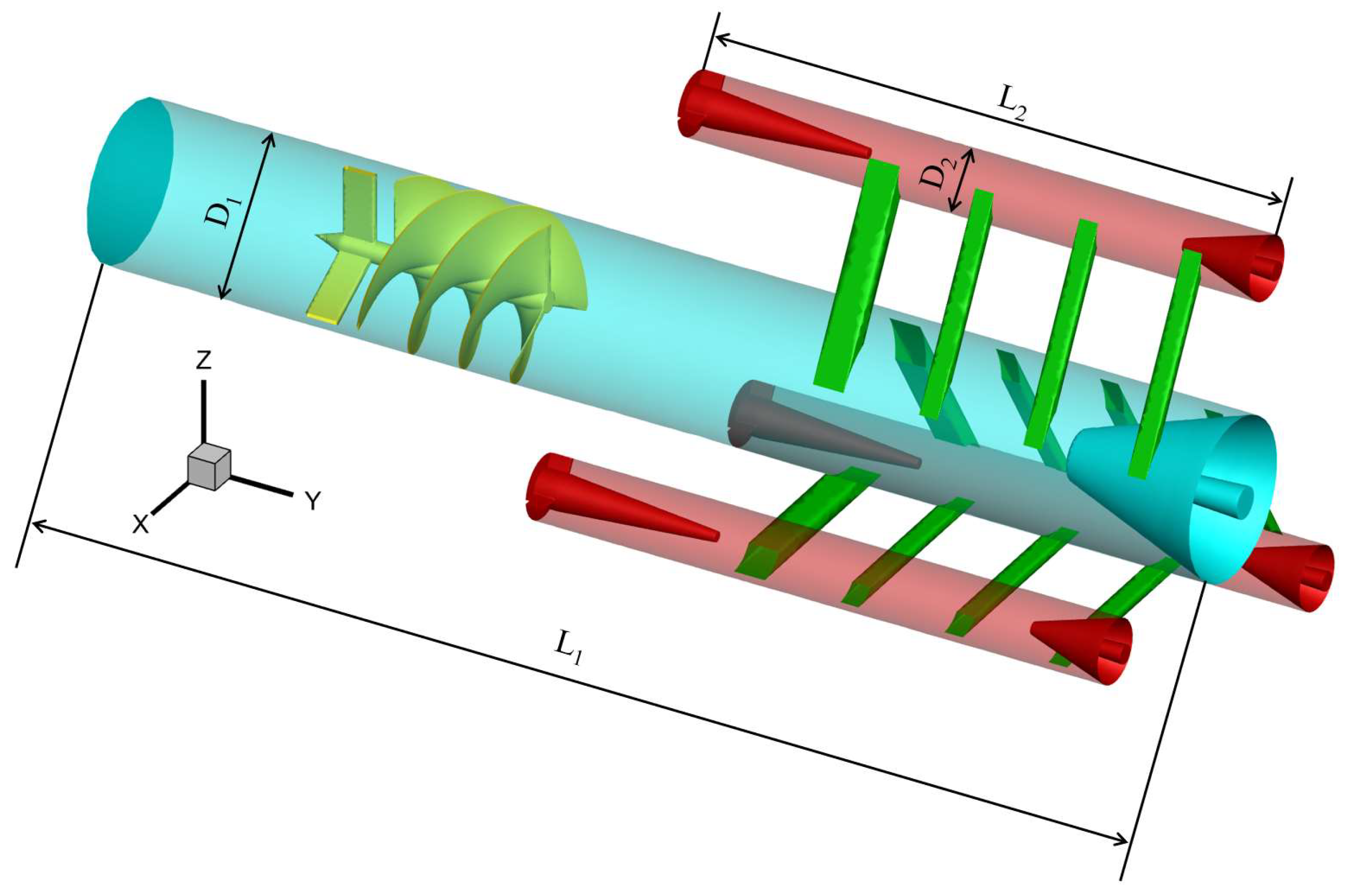


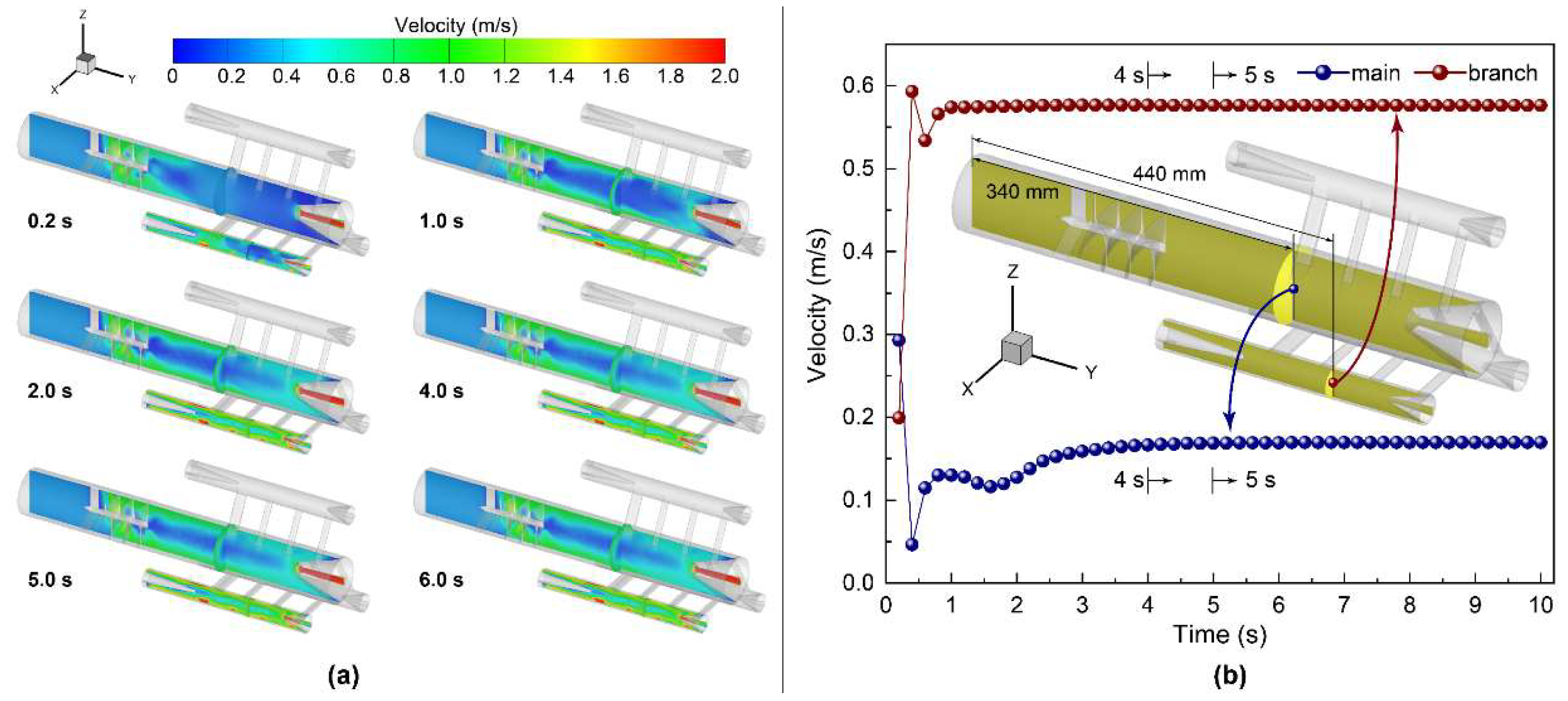

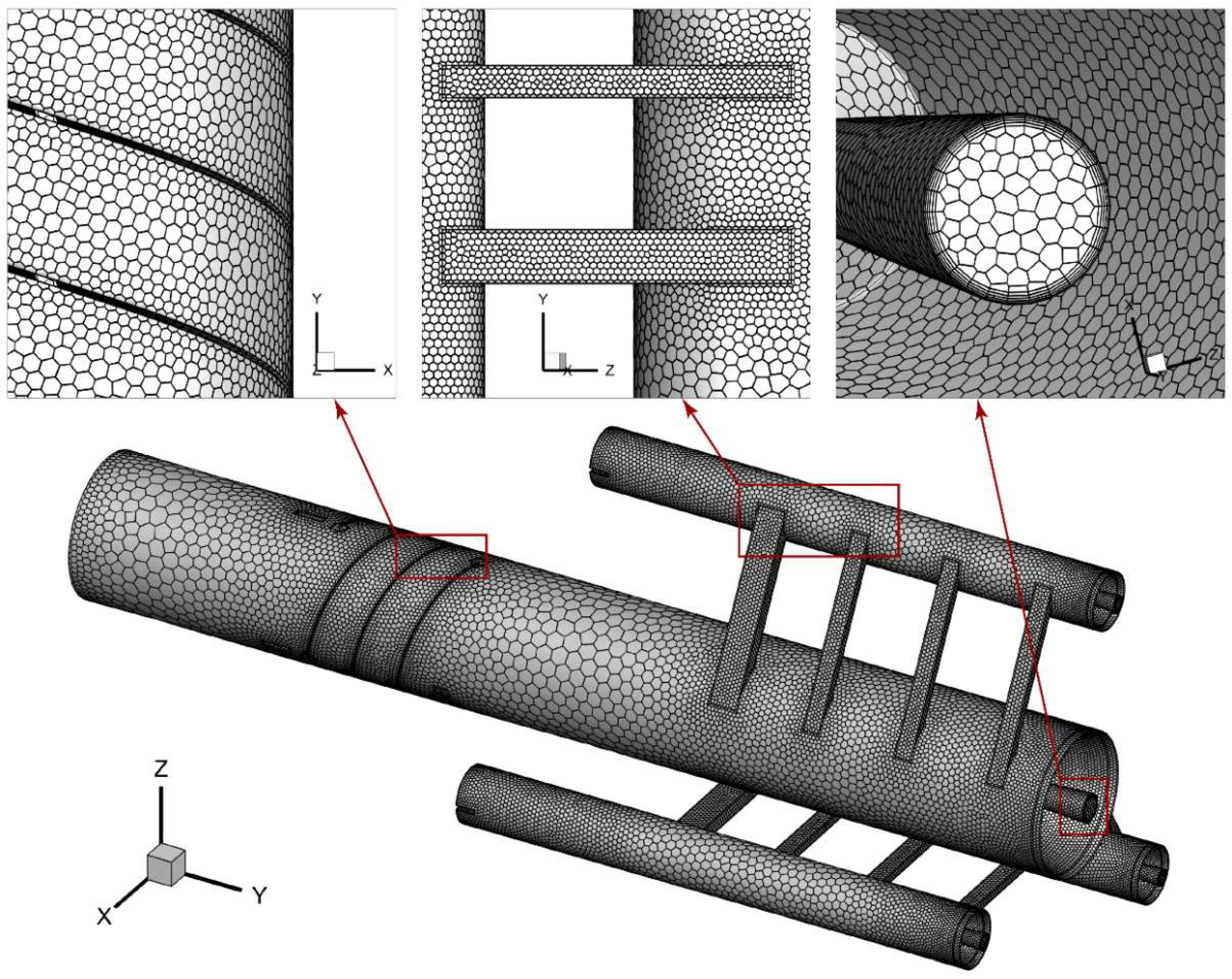
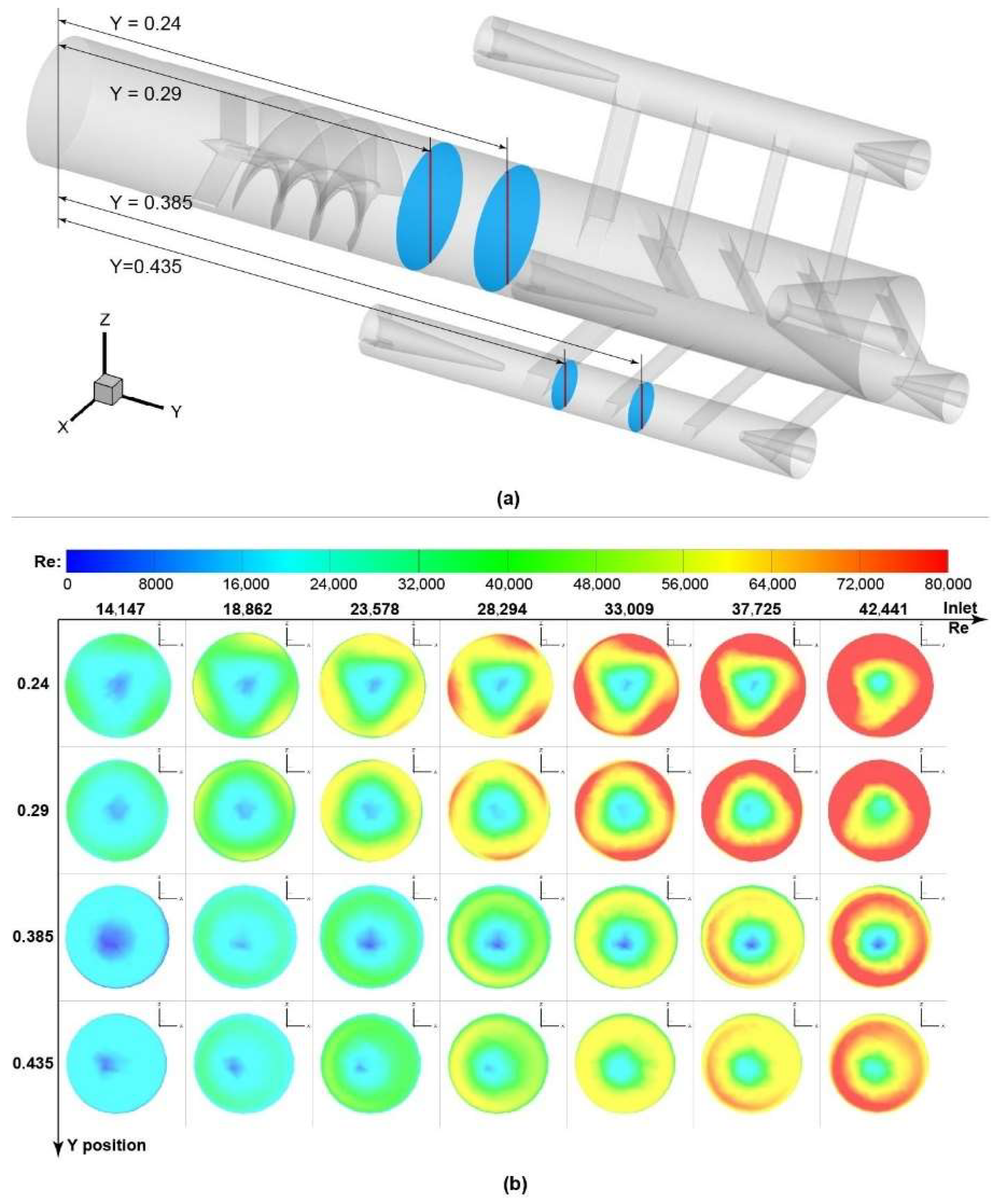
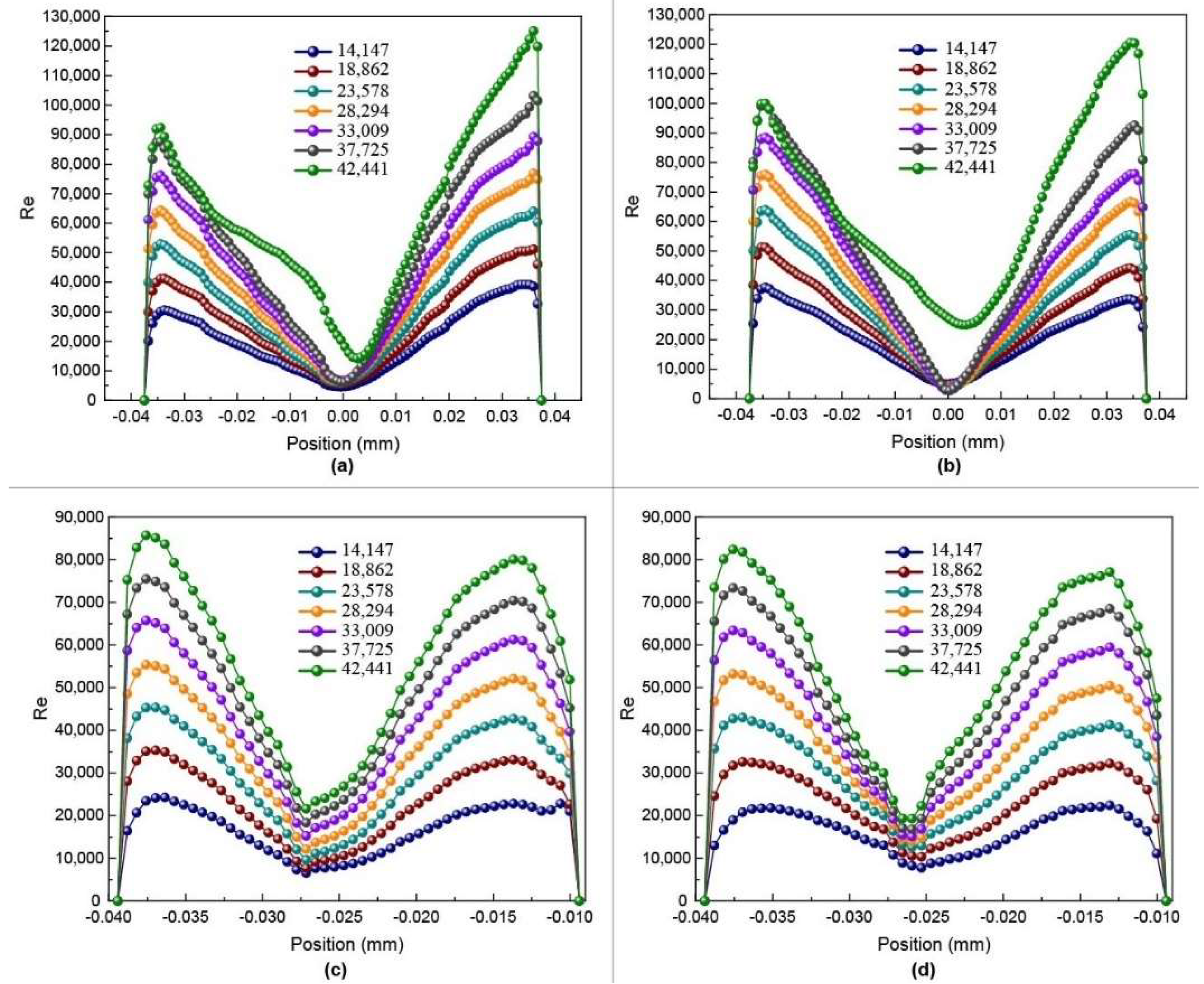
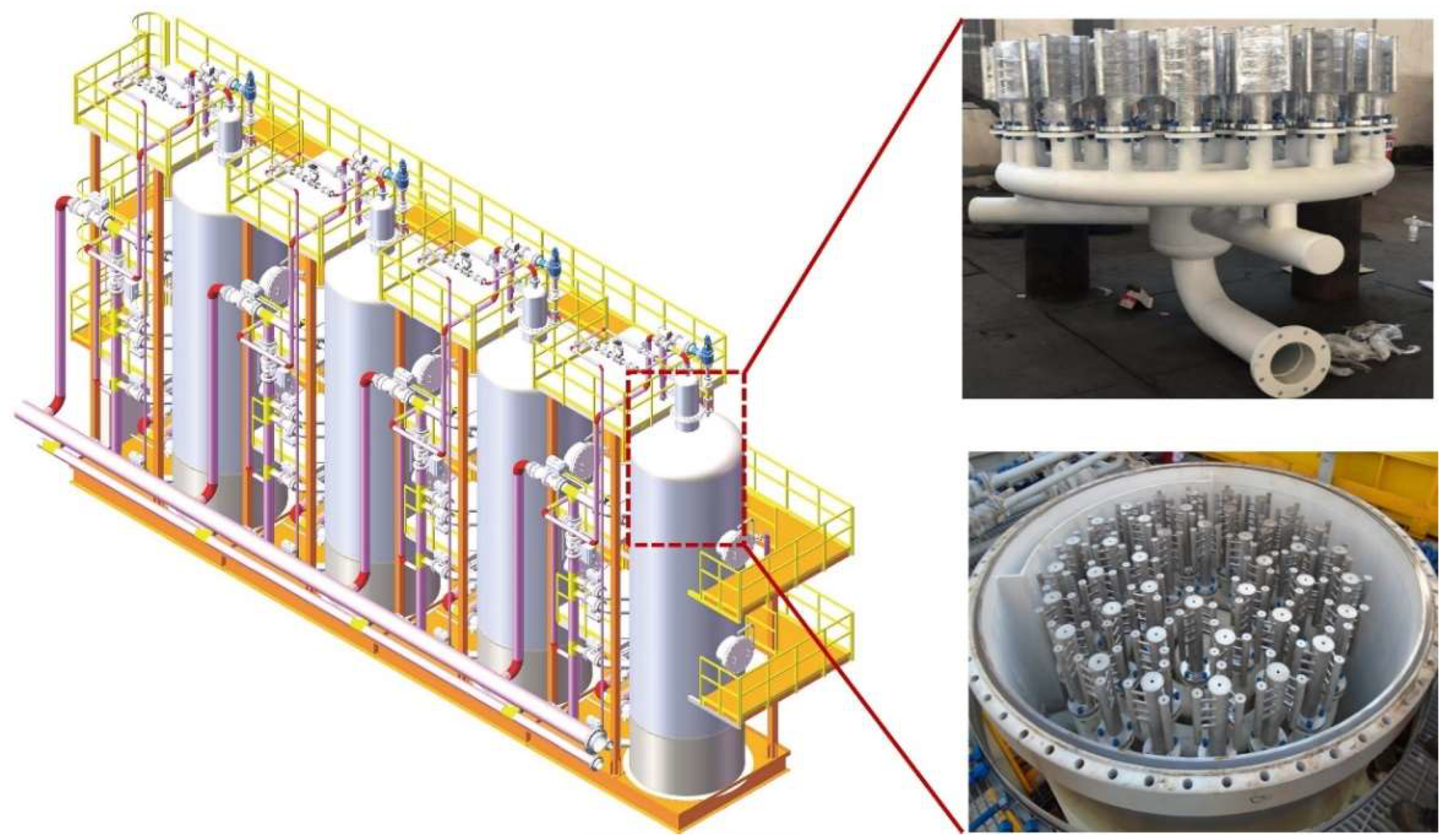

| Unit | L1 | L2 | D1 | D2 |
|---|---|---|---|---|
| mm | 546 | 285 | 75 | 75 |
| Items | FA (m·h−1) | FV (h−1) | FA (m·h−1) | |
|---|---|---|---|---|
| Single Device | Single Device | Skid | ||
| Application technology of this platform | Compact separator | 55.3 | / | 34 |
| CPI | 6.5 | / | / | |
| GF | 5.7 | / | / | |
| Common land application technologies | API | 4.4 | 11 | / |
| CPI | 6.5–14 | 3.2 | / | |
| Common marine application technologies | Hydrocyclone | 100–440 | 450 | 20 |
| Induced air flotation separator | 2.6–16 | 4–15 | 8.5 | |
| CFU separator | 45–90 | / | / | |
| Filter | Nutshell filter | 27–37 | 13–24 | 6 |
| Cross flow membrane filter | 312 | 136 | 7 | |
| Items | New Process | Old Process | |
|---|---|---|---|
| Compact Separator | CPI | GF | |
| Influent oil content | ~2000 mg/L | ≤2000 mg/L | ≤300 mg/L |
| Effluent oil content | ≤60 mg/L | ≤300 mg/L | ≤60 mg/L |
| Processing capacity | 250 m3/h per unit 4 sets of parallel skids | 500 m3/h per unit 3 sets in parallel | 500 m3/h per unit 3 sets in parallel |
| Skid size | 4 skids (59.4 m2) Whole skid 18 m × 3.3 m | 3 units parallel 229.32 m2 Single unit: 5.2 m × 14.7 m | 3 units parallel 264.6 m2 Single unit: 6.3 m × 14 m |
| Land occupation (1000 m3/h processing capacity) | 59.4 m2 | 152.88 m2 | 176.4 m2 |
| Single net weight | 16.65 t | 48 t | 58 t |
| Net weight (1000 m3/h processing capacity) | 66.6 t | 144 t | 174 t |
Disclaimer/Publisher’s Note: The statements, opinions and data contained in all publications are solely those of the individual author(s) and contributor(s) and not of MDPI and/or the editor(s). MDPI and/or the editor(s) disclaim responsibility for any injury to people or property resulting from any ideas, methods, instructions or products referred to in the content. |
© 2023 by the authors. Licensee MDPI, Basel, Switzerland. This article is an open access article distributed under the terms and conditions of the Creative Commons Attribution (CC BY) license (https://creativecommons.org/licenses/by/4.0/).
Share and Cite
Li, Y.; Qian, Y.; Lu, H.; Dai, P.; Zhu, H.; Yang, Q.; Liu, Y. High-Efficiency Pre-Treatment Core Tube for Produced Water in the Main Cavity Coupled with Secondary Cavities and Its Application in the Bohai Heavy Oilfield. J. Mar. Sci. Eng. 2023, 11, 93. https://doi.org/10.3390/jmse11010093
Li Y, Qian Y, Lu H, Dai P, Zhu H, Yang Q, Liu Y. High-Efficiency Pre-Treatment Core Tube for Produced Water in the Main Cavity Coupled with Secondary Cavities and Its Application in the Bohai Heavy Oilfield. Journal of Marine Science and Engineering. 2023; 11(1):93. https://doi.org/10.3390/jmse11010093
Chicago/Turabian StyleLi, Yudong, Yundong Qian, Hao Lu, Pinyi Dai, Huatong Zhu, Qiang Yang, and Yiqian Liu. 2023. "High-Efficiency Pre-Treatment Core Tube for Produced Water in the Main Cavity Coupled with Secondary Cavities and Its Application in the Bohai Heavy Oilfield" Journal of Marine Science and Engineering 11, no. 1: 93. https://doi.org/10.3390/jmse11010093





